
Upland game populations in Illinois have seen a slow, steady decline for most of the last 50 years. Changes in agriculture and land use have led to less upland habitat on the landscape. Modern farms are bigger, have fewer fencerows and idle areas, and consist of primarily two crops—corn and soybeans. Rabbits, quail and pheasants thrived alongside the diverse agricultural practices of the 1950s and 60s when farms had more livestock, small grains, pastures and fencerows. During the 1970s, the shift in agricultural practices and land use accelerated and populations of upland game, and the number of hunters, began a noticeable decline that continues today.
Statewide, there is less suitable habitat available in Illinois than in years past. Localized areas of high-quality habitat can still be found across the state, but overall, there are fewer areas that support good populations of upland game, which in turn provide less opportunity for hunters.

The winter of 2019-2020 was relatively mild and winter mortality due to weather was likely low for pheasant, quail or rabbit. Spring brought above-average (northern and central Illinois) to normal (southern Illinois) rainfall over a large portion of the state potentially impacting early nesting attempts and rabbit litters in May and early June in parts of the state. From late June through most of July, weather conditions improved across much of the state.
The key to a successful hunt this fall will be locating and accessing quality habitat. All three of these species require different habitats, but there is considerable overlap. All three need protected places to raise their young, escape from predators and shelter from severe weather, and must be able to find adequate food and water. The most limiting factor for the birds seems to be quality brood cover. This consists of areas with plenty of bare ground that chicks can move through while they hunt for insects with sturdy overhead forbs to conceal them from predators. Rabbits need brush piles or dense vegetation to escape predators and take shelter from the elements. Pheasants prefer larger grasslands with fewer trees, and quail are rarely found more than 75 yards from escape cover where they can hide from predators.
2020-21 Hunting Season Outlook
Cottontail Rabbit—Outlook ‘Fair.’ The number of rabbit hunters in 2018-19 (22,322) was down 18 percent from the previous year and they harvested 77,769 rabbits (down 41 percent). The number of rabbits per hunter per day also decreased 20 percent. Both the number of rabbit hunters and rabbits harvested are record lows. One index of rabbit abundance is the annual roadkill survey conducted by biologists across the state during the months of June and July.

Northern Bobwhite Quail—Outlook ‘Poor.’ The 2018-19 quail survey estimated that 6,995 hunters shot 35,490 wild quail (21 percent increase) compared to 8,597 hunters and 29,385 quail in the 2017-18 survey. The number of quail per hunter per day was up 27 percent. Illinois Department of Natural Resources (IDNR) biologists conduct annual bird surveys across the state to track trends for game birds and other grassland/shrubland birds.
Ring-necked Pheasant—Outlook ‘Fair.’ The 2018-19 survey estimated that 12,241 hunters (3 percent decrease) shot 31,066 wild pheasants in Illinois (8 percent decrease), compared to the 2017-18 totals of 12,575 hunters and 33,876 wild birds. The number of days each hunter spent in the field increased from 2017-18.

Please keep in mind that the future of upland game hunting depends on the amount and quality of habitat. We encourage all landowners and hunters to take an active role in advocating for and managing upland habitat. Remember, even though these species are different, they all need four things to survive and reproduce: 1) ‘nesting’ habitat, 2) appropiate habitat to raise their young, 3) escape cover to hide from predators and inclement weather, and 4) available food and water.
Many landowners tend to plant food plots where they are not needed, such as along grain fields. Permanent habitat provides many food sources for wildlife and can meet many of their other needs. It is also important to keep in mind that they need adequate escape cover and food 365 days a year. Please delay mowing during the nesting season (April through August) and leave some areas of habitat standing throughout the year. Good upland habitat looks “messy.”
More information on these species and some management tips for each, can be found in the most recent IDNR Annual Report.
Bob Caveny is the Farm Programs Manager in the Office of Land Management at IDNR. His duties include agricultural leasing, working with the three Wildlife Propagation Centers (Des Plaines, Lincoln and Mt. Vernon), the controlled pheasant hunting program and field trials. He can be contacted at Bob.Caveny@Illinois.gov.



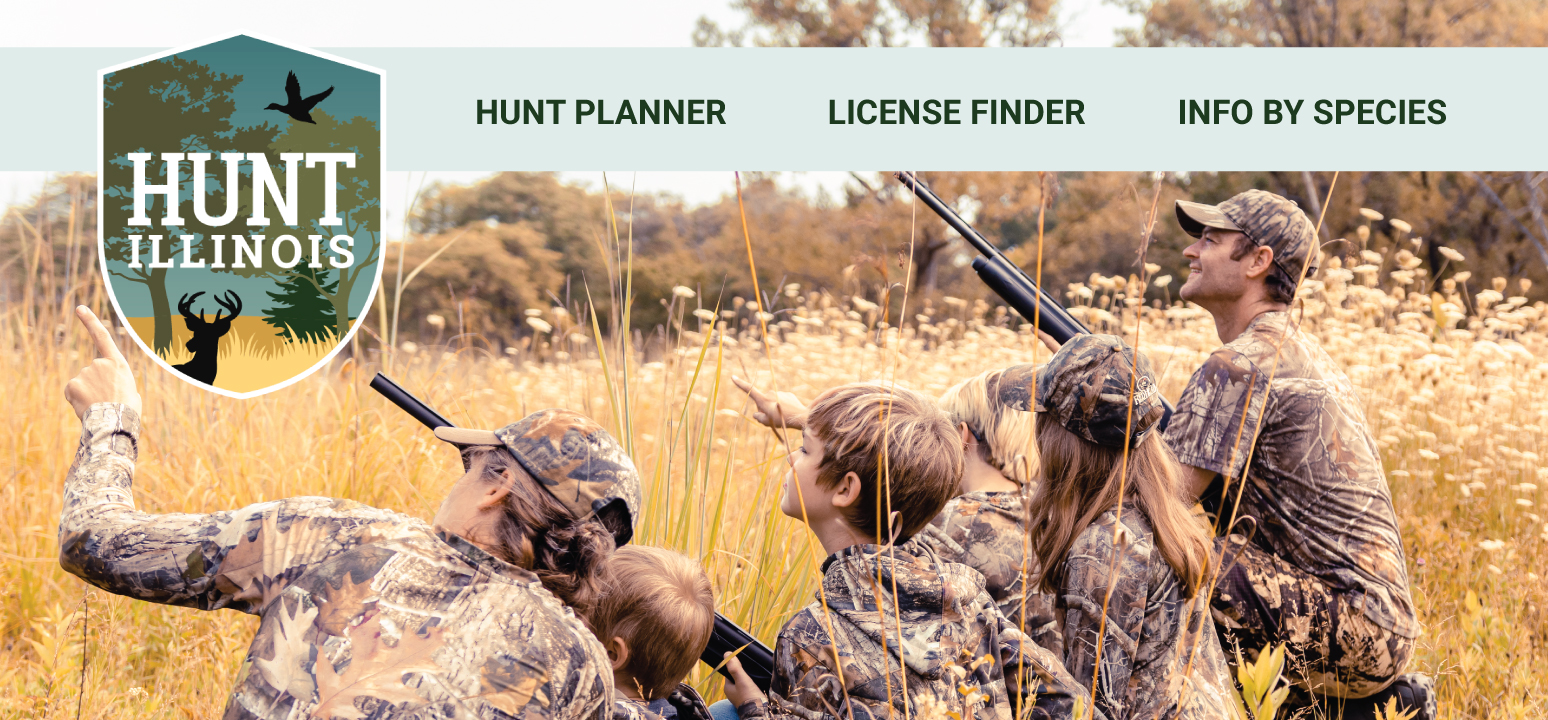

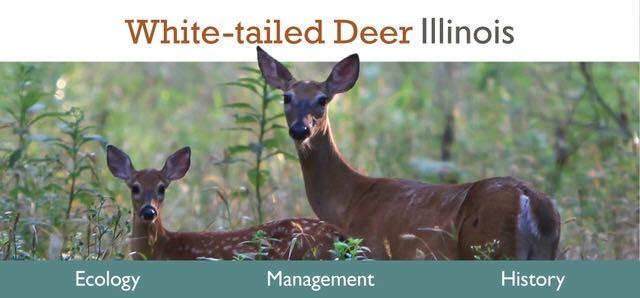
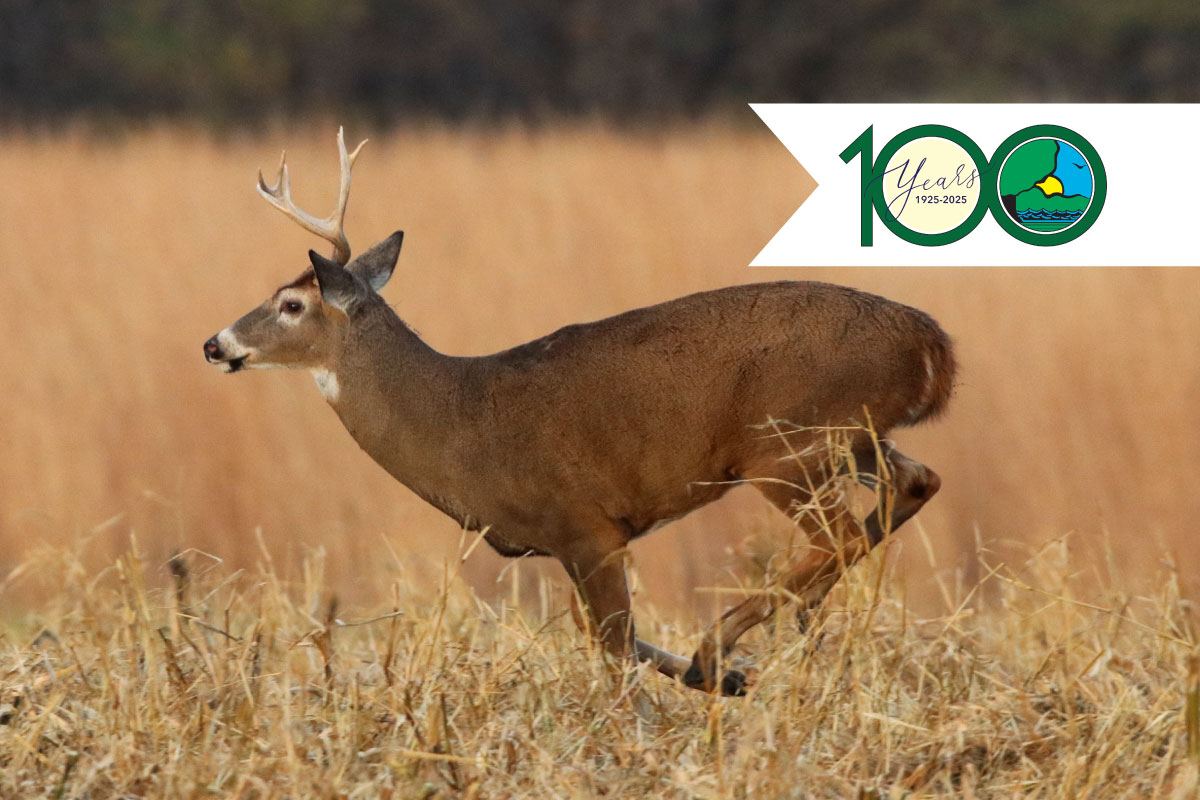
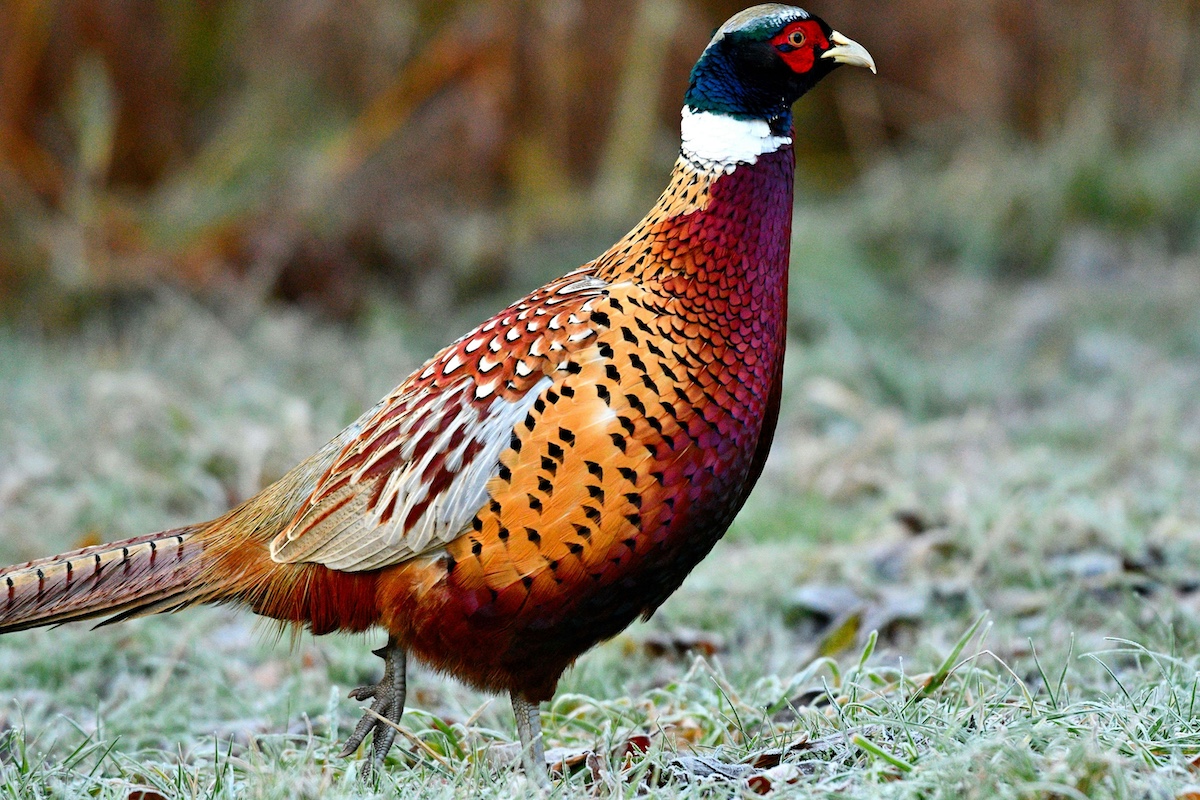
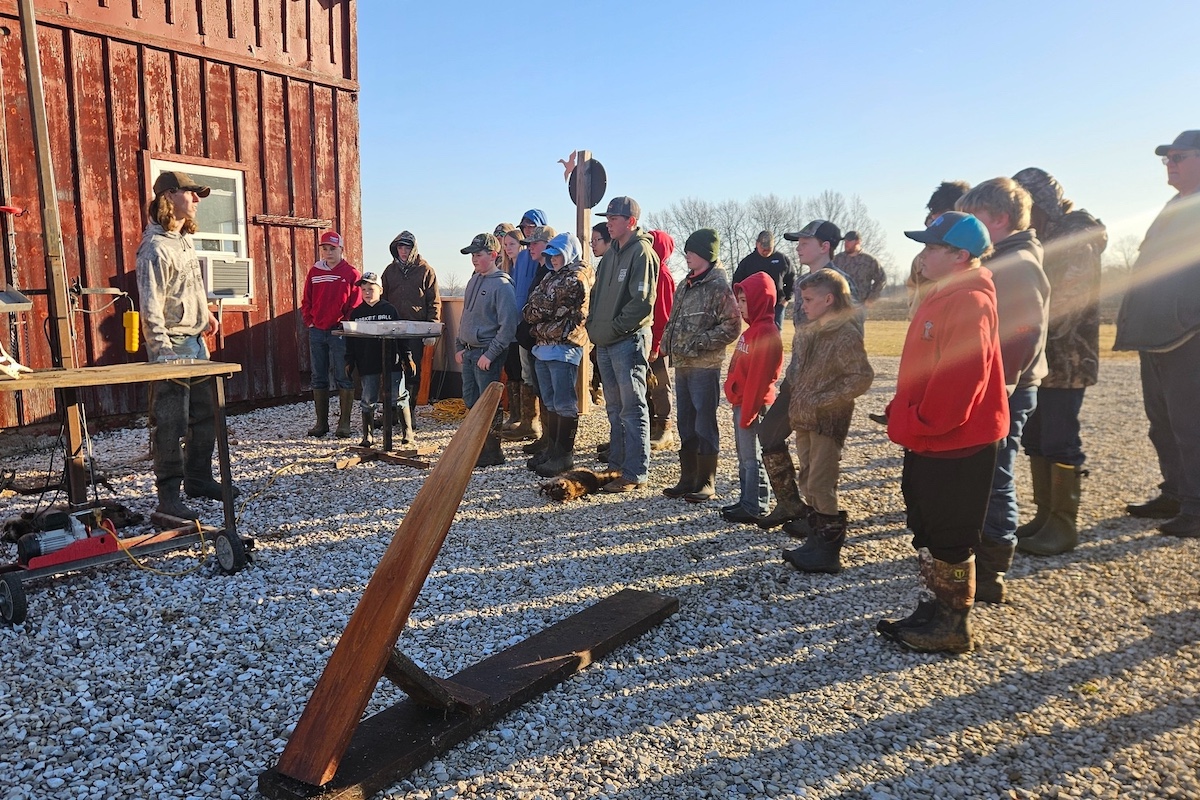
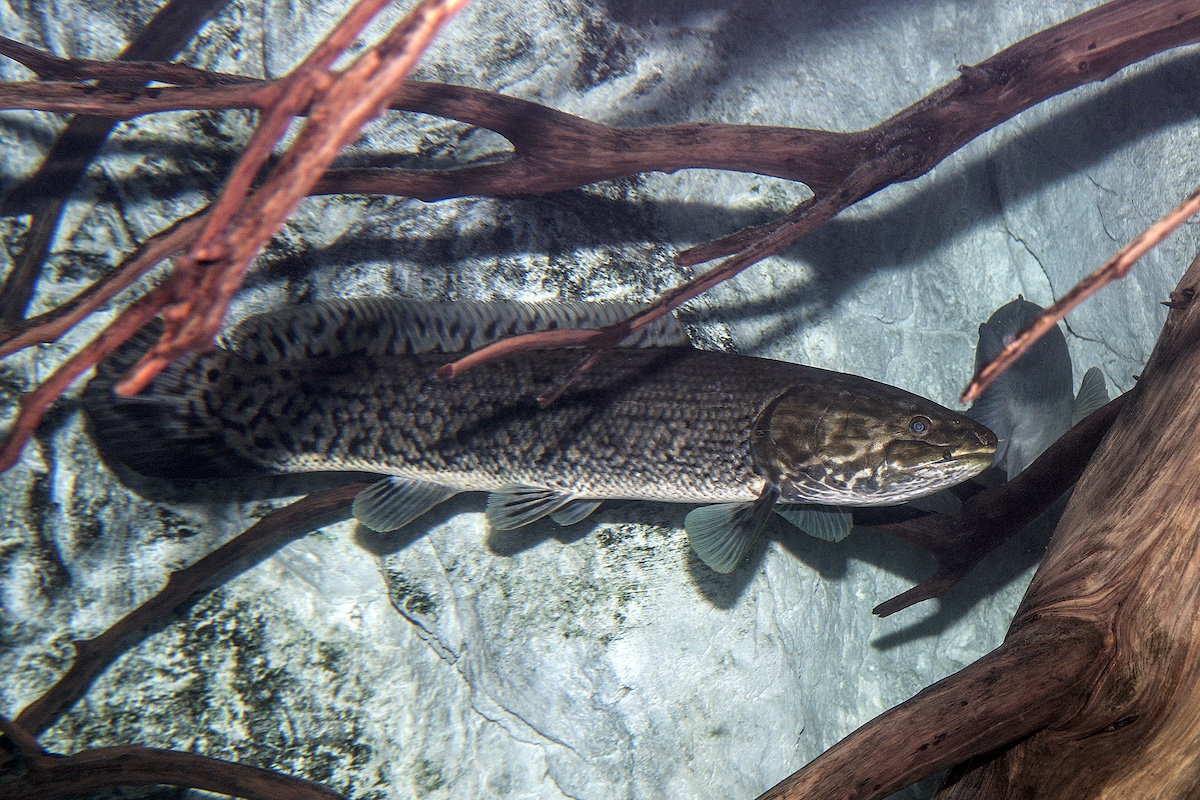
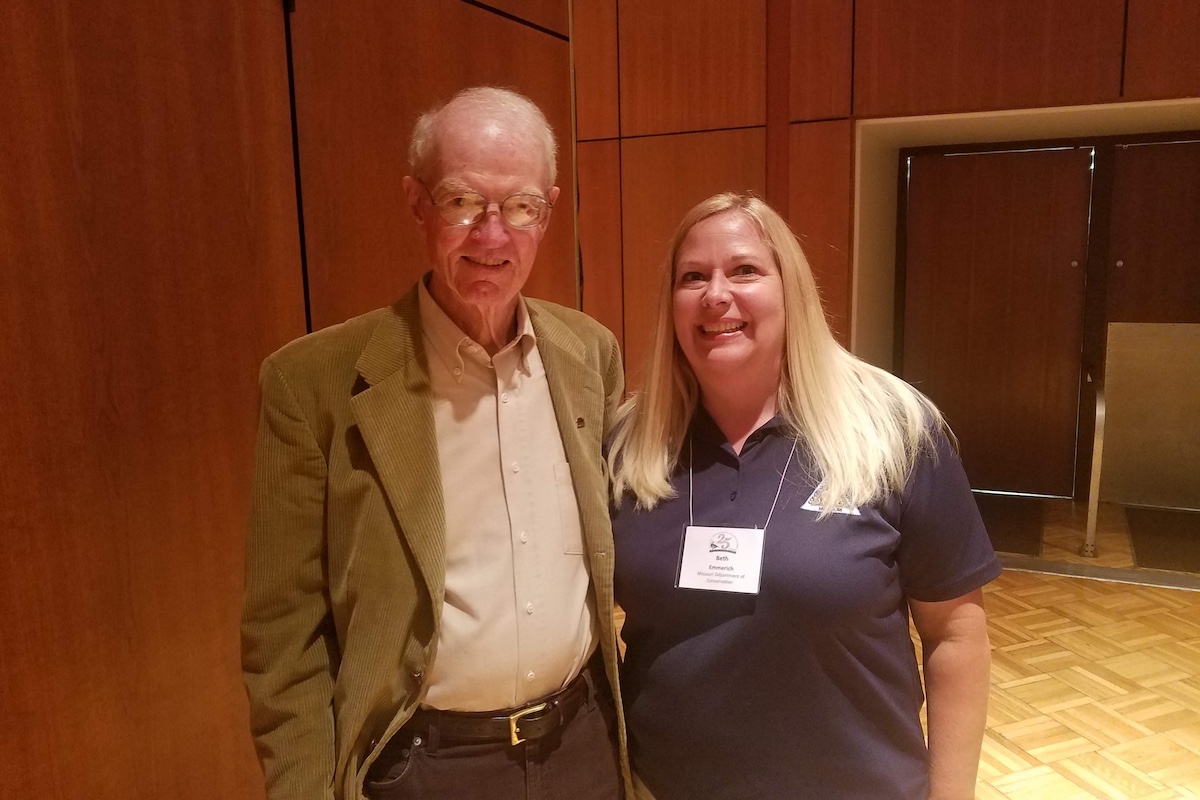
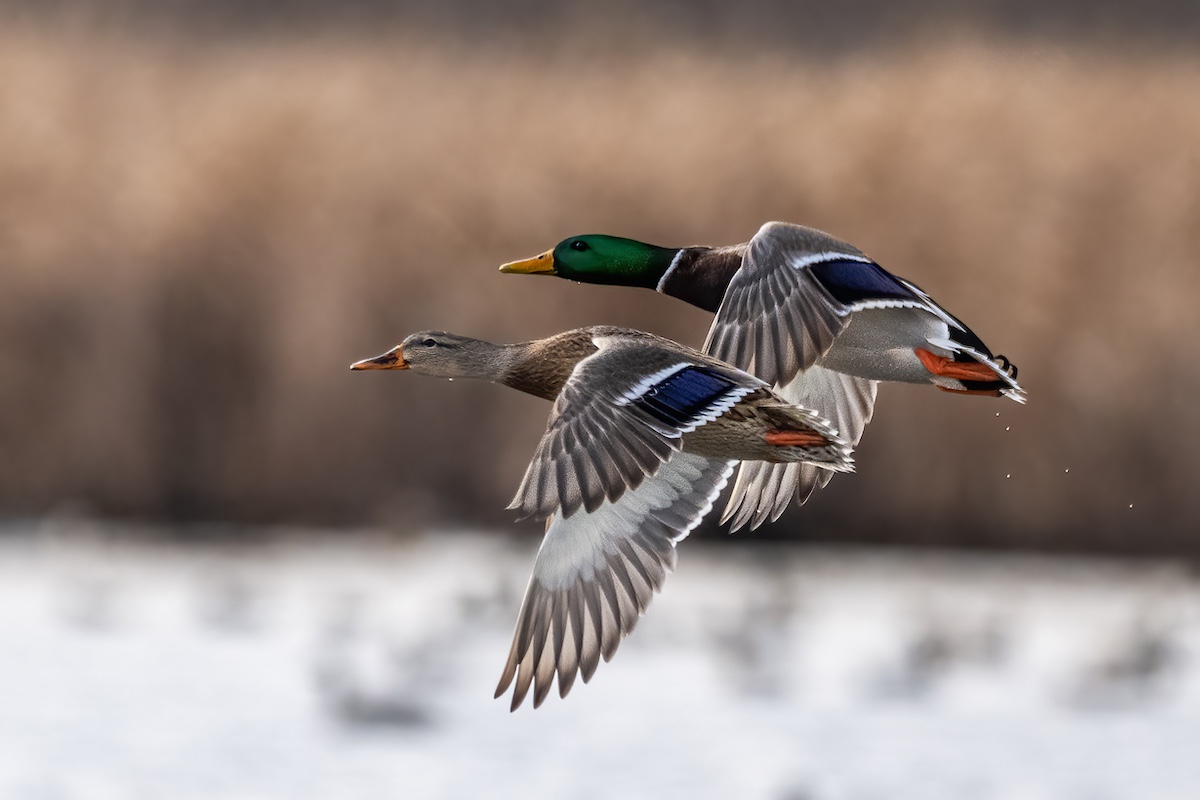
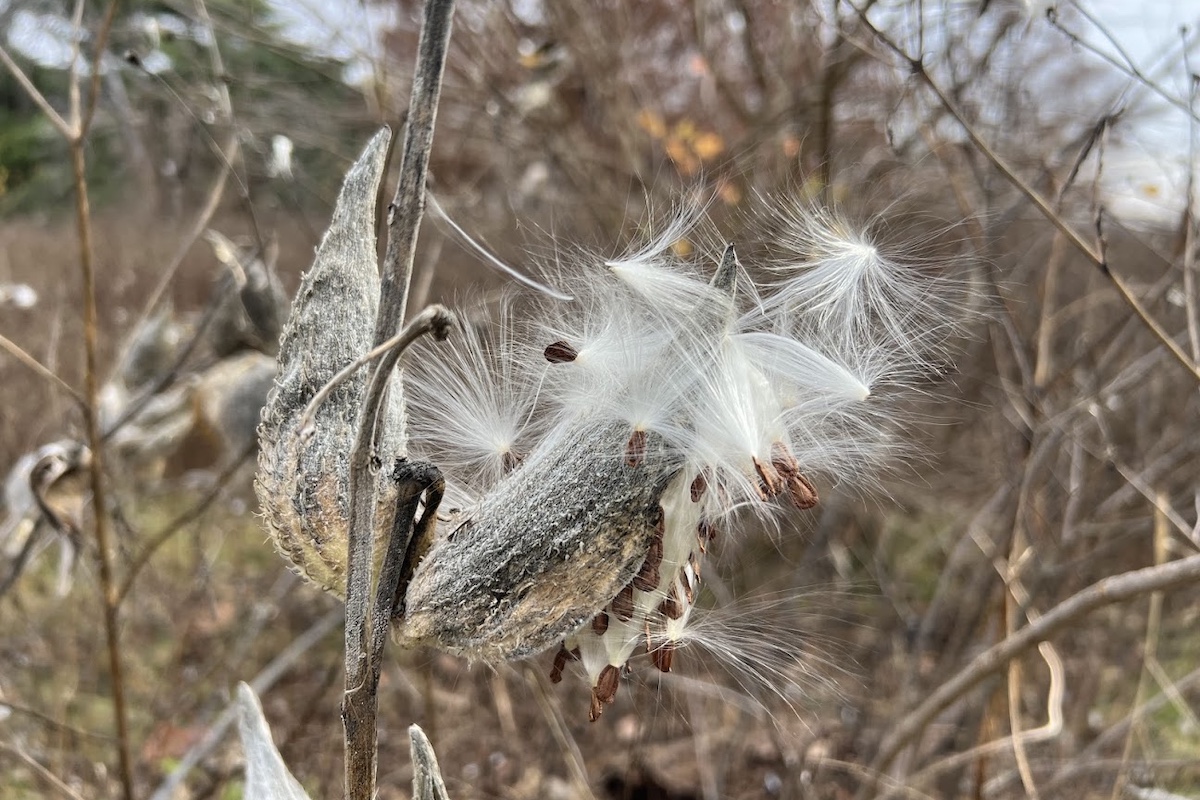
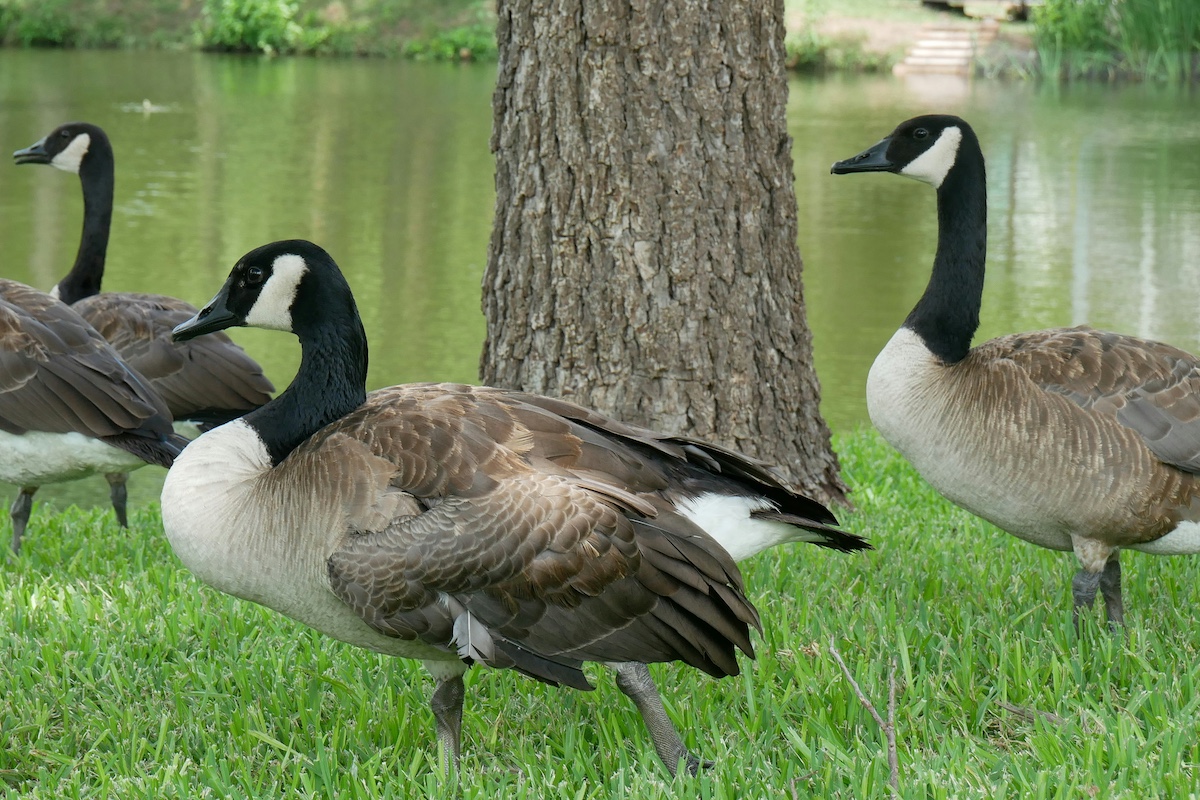
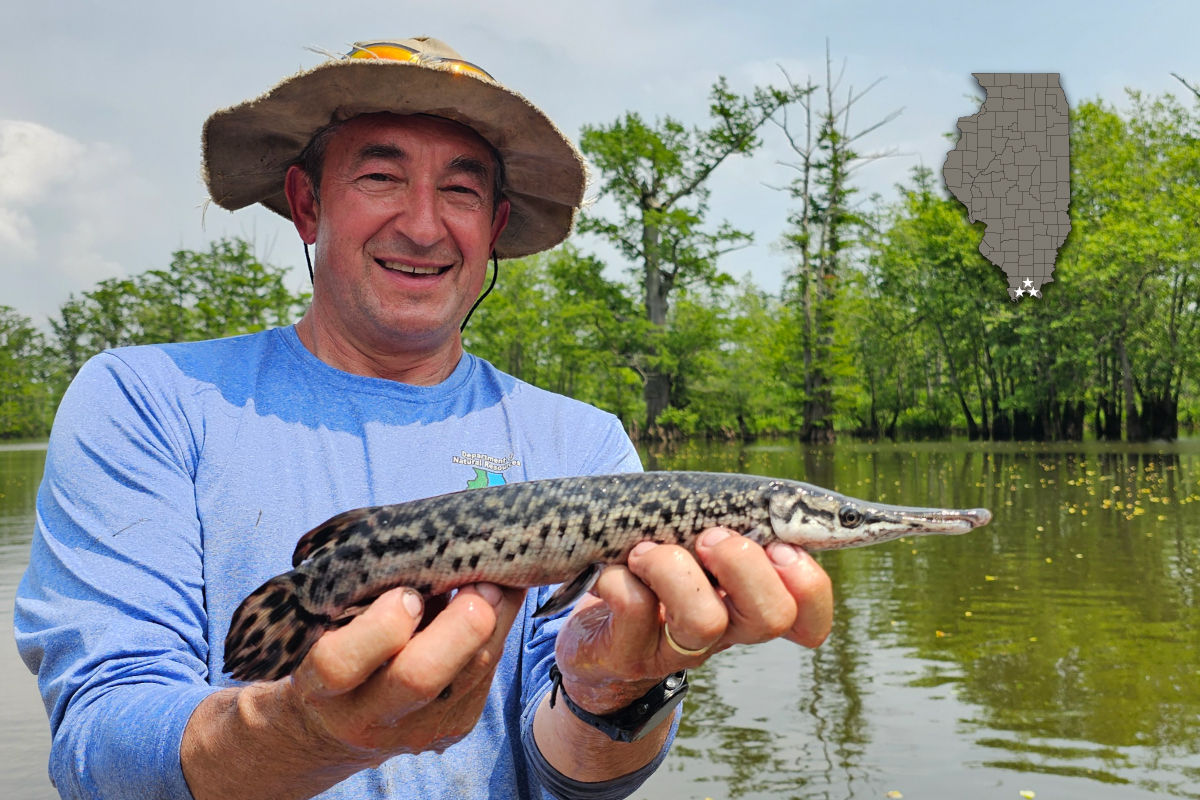
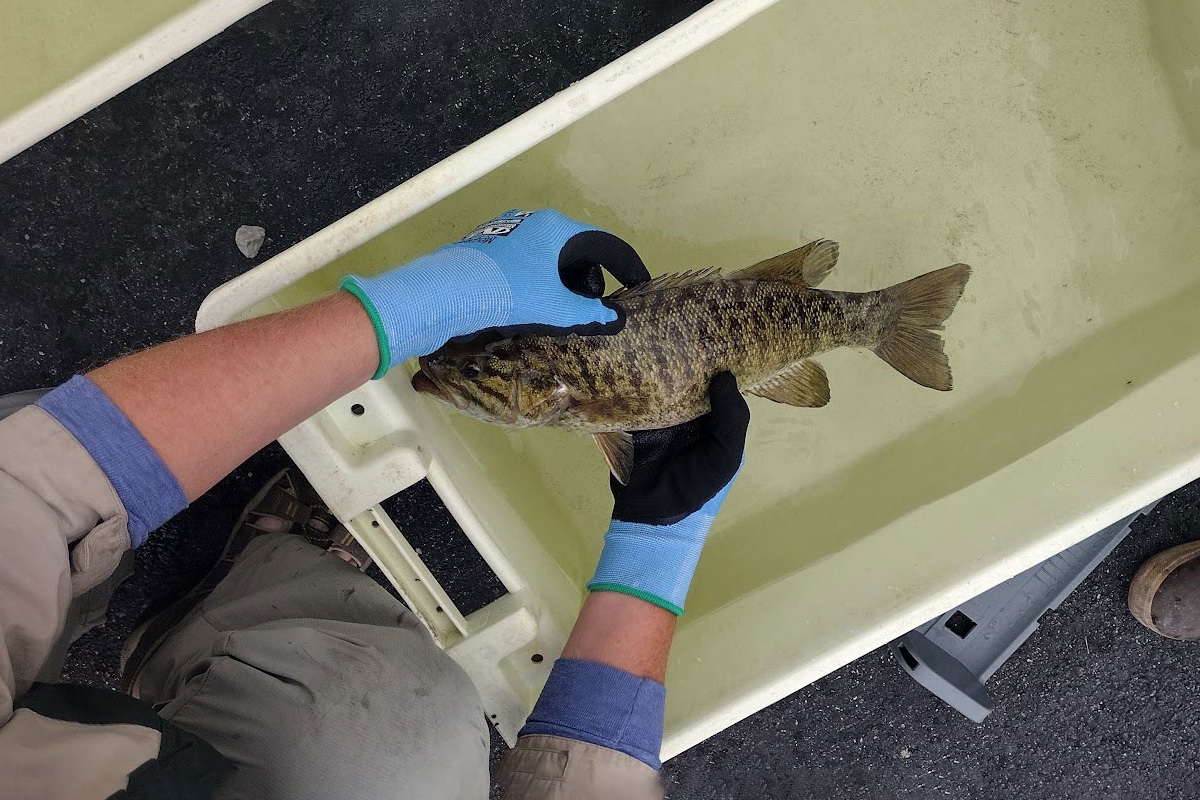
Submit a question for the author